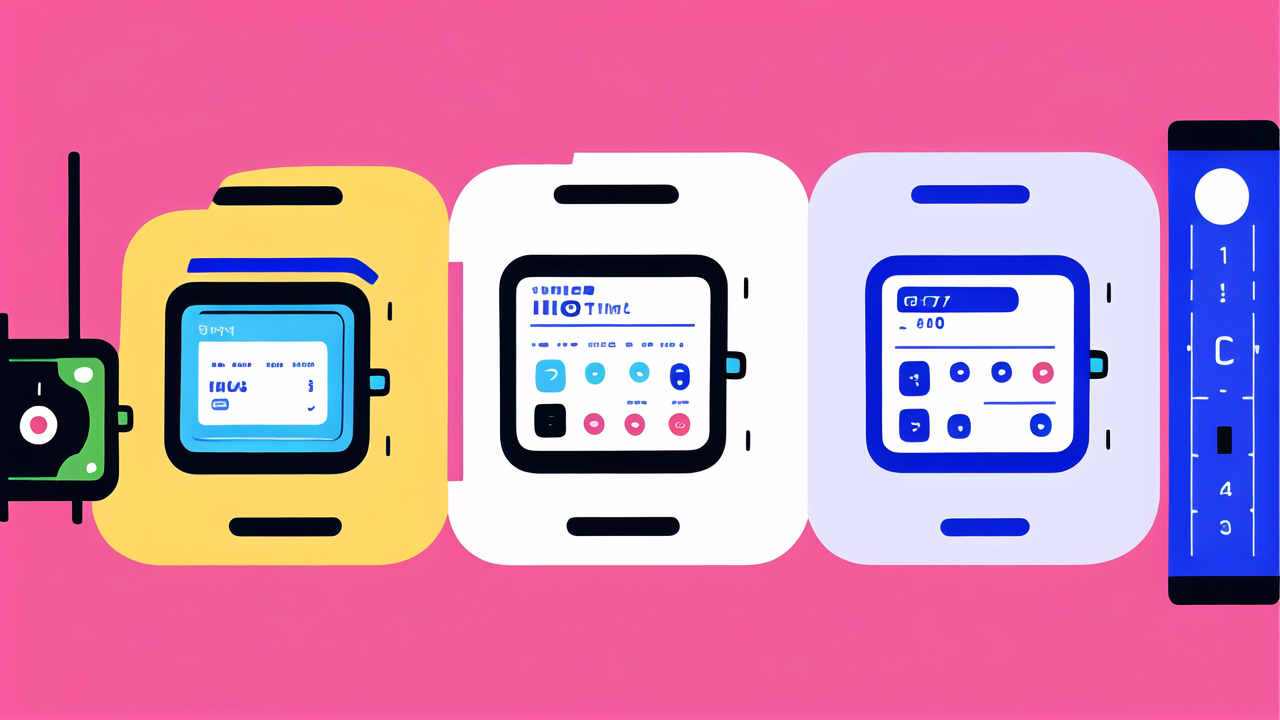Overview of the Wearable Clothing Market
The Rise of Smart Wearables
Smart wearables have taken the tech world by storm. These devices blend fashion with function. They're not just accessories, but powerful tools. From fitness trackers to smart watches, the market is booming.

Smart bracelets are leading the charge. They offer health monitoring and phone notifications. Many people now rely on them for daily tasks. The convenience factor is a big draw for consumers.
As technology improves, so do these devices. They're getting smaller, faster, and more powerful. This makes them more appealing to a wider audience. The future of wearables looks bright and full of potential.
Market Potential and Consumer Trends
The wearable market is growing fast. Experts predict it will reach billions in value soon. Consumers are eager for new tech that fits their lifestyle. This demand drives innovation and competition.
Health and fitness are big drivers. People want to track their steps, heart rate, and sleep. But it's not just about health. Fashion plays a big role too. Consumers want devices that look good.
Customization is a growing trend. People want wearables that match their style. This has led to partnerships between tech firms and fashion brands. The result? Wearables that are both smart and stylish.
Key Players and Innovators in Wearable Tech
Big tech companies dominate the market. Apple, Samsung, and Fitbit are household names. They offer a range of products, from watches to fitness bands. These giants have the resources to push boundaries.
But startups are making waves too. They often focus on niche markets. Some create specialized medical wearables. Others target specific sports or activities. These small firms bring fresh ideas to the table.
Fashion brands are also getting involved. They partner with tech firms or create their own lines. This blend of fashion and tech is opening new doors. It's making wearables more attractive to a wider audience.
Technological Advancements in Wearable Clothing
Integrating AI and Machine Learning
AI and machine learning are changing the game. They make wearables smarter and more useful. These techs can learn from user behavior and adapt. This leads to more personalized experiences.

For example, AI can analyze your sleep patterns. It can then suggest ways to improve your rest. Machine learning can predict health issues before they become serious. This could be a game-changer for preventive care.
These techs also improve user interfaces. Voice commands and gesture controls are becoming common. This makes wearables easier and more intuitive to use. As AI advances, so will the capabilities of our wearables.
Wearable Technology and Data Analytics
Data is the lifeblood of wearable tech. These devices collect vast amounts of information. This data can offer deep insights into our health and habits. But it's not just about collection. It's about making sense of it all.
Advanced analytics turn raw data into useful insights. They can spot trends and patterns we might miss. For athletes, this could mean optimizing training routines. For doctors, it could help diagnose conditions earlier.
Privacy is a key concern with data collection. Users want to know their info is safe. Companies must balance utility with security. Transparent data policies are becoming a must-have feature.
The Impact of IoT on Fashion Wearables
The Internet of Things (IoT) is reshaping wearables. It connects our devices to the wider world. This opens up new possibilities for interaction and function. Imagine clothes that adjust to the weather, or shoes that track your run.
IoT allows for seamless integration with other smart devices. Your bracelet could unlock your car or control your home lights. This interconnectedness makes wearables more valuable and versatile.
However, IoT also brings challenges. Security is a major concern. More connected devices mean more potential vulnerabilities. Companies must work hard to keep user data safe and secure.
Regulatory and Ethical Considerations
Navigating the Regulatory Landscape
As wearables evolve, so do the rules that govern them. Regulators are working to keep up with the tech. They aim to protect consumers without stifling innovation. It's a delicate balance to strike.

Health-related wearables face strict oversight. They must meet medical device standards in many cases. This ensures they're safe and effective. But it can also slow down the development process.
Data protection laws also play a big role. GDPR in Europe and CCPA in California are examples. These laws affect how companies collect and use data. Wearable makers must comply or face hefty fines.
Ethical Implications of Wearable Clothing
Wearables raise important ethical questions. They can track our every move and heartbeat. This level of monitoring brings both benefits and risks. We must consider the impact on privacy and autonomy.
There's also the issue of data ownership. Who owns the data collected by wearables? How can it be used? These questions don't have easy answers. They require ongoing dialogue between users, companies, and regulators.
Another concern is the digital divide. As wearables become more important, who gets left behind? We must ensure that these technologies are accessible to all. This includes considering cost and ease of use.
Ensuring User Privacy and Security in Wearable Technology
Privacy and security are top priorities in wearable tech. Users trust these devices with sensitive data. Companies must work hard to protect this information. This means using strong encryption and secure storage.
User control is also important. People should be able to choose what data they share. Clear, easy-to-understand privacy settings are a must. Companies should be transparent about how they use data.
Education plays a key role too. Users need to understand the risks and benefits. They should know how to protect themselves. This includes using strong passwords and updating software regularly.
As wearables become more advanced, so must our approach to privacy and security. It's an ongoing challenge, but one that's crucial to the future of wearable technology.




Leave a comment
This site is protected by hCaptcha and the hCaptcha Privacy Policy and Terms of Service apply.